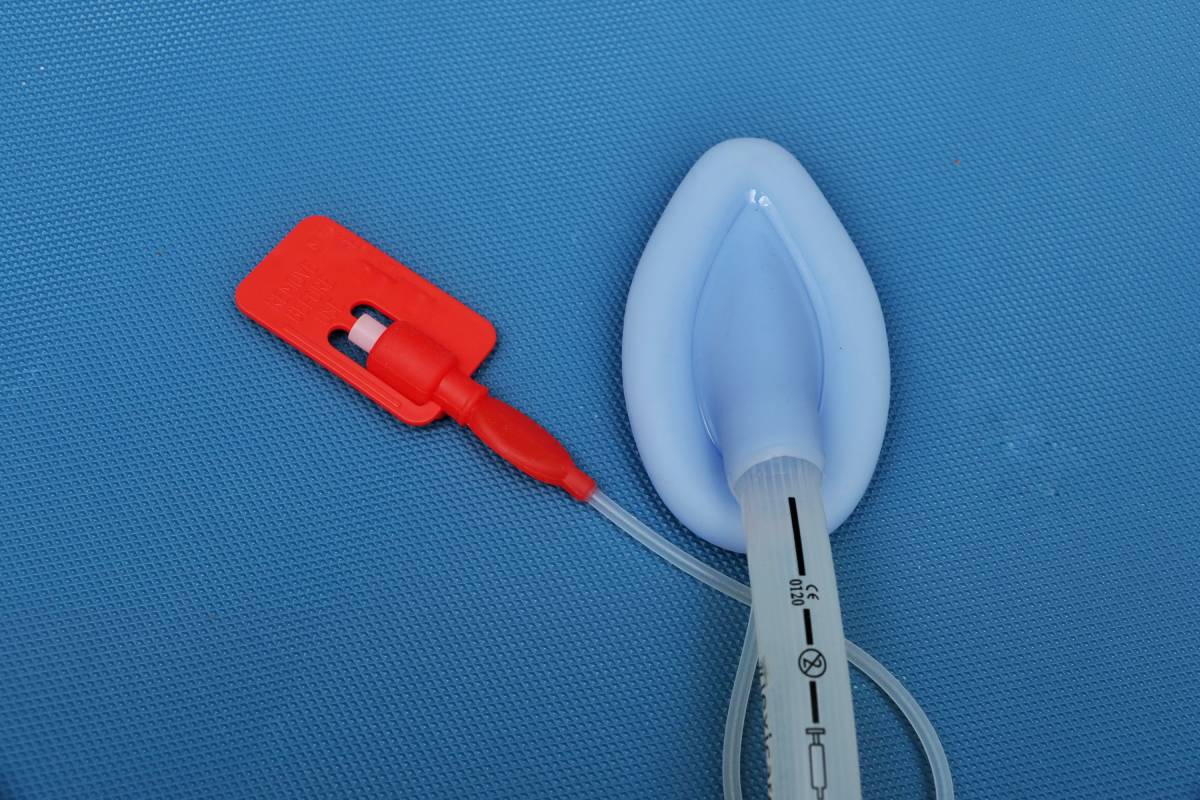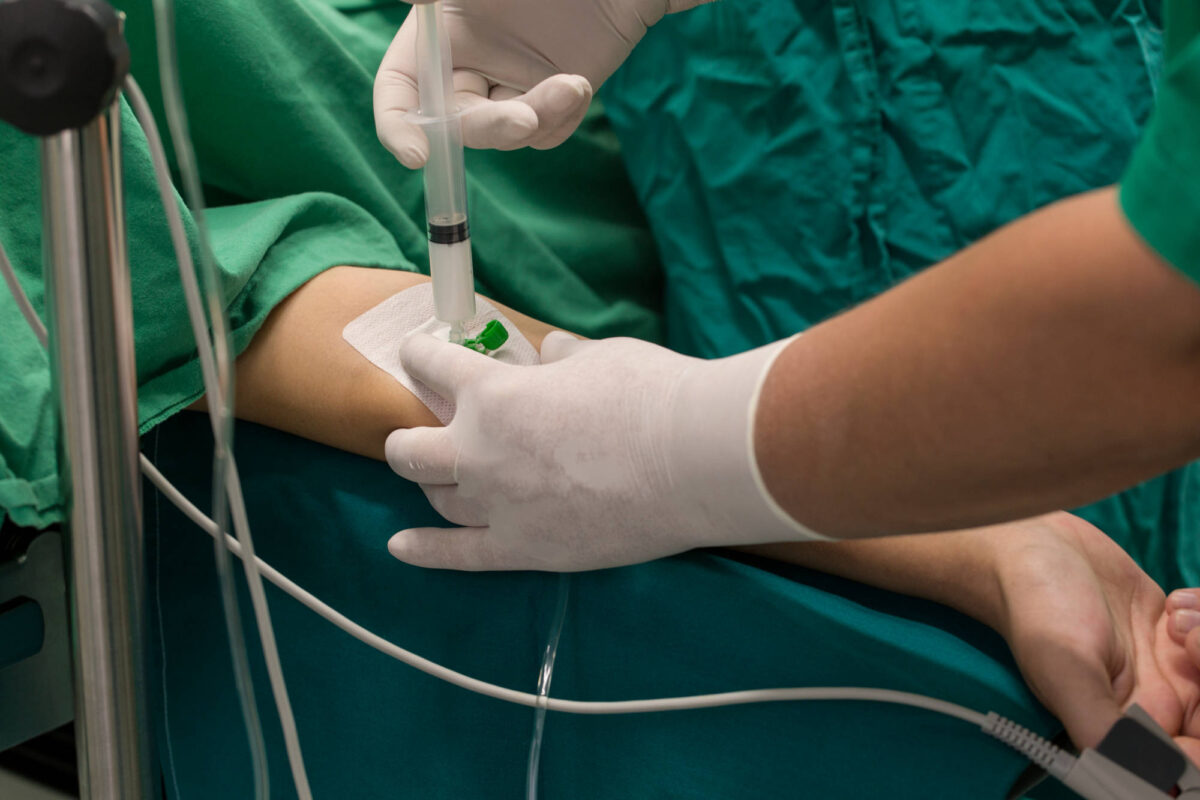Spirituality is an important part of medical care that many patients desire. Patients facing major illnesses or injuries are frequently in once-in-a-lifetime situations that they could not have emotionally prepared for and often turn to religion and spirituality as a source of comfort. Religion and spirituality are associated with positive medical and psychiatric outcomes, especially in older adults, which makes it an important part of caring for the patient as a whole in medicine. There has been much published data on how religion and spirituality can improve depression, anxiety, and substance use disorders.1 While hospitals frequently have chaplains for these discussions, many patients hope that physicians can engage in these conversations as well. In a study with hospital inpatients, 77% of the inpatients said physicians should consider their spiritual needs as it relates to their health, yet 68% of patients said their physician never discussed religious beliefs with them.2 This suggests there is a gap between what patients hope to receive from medicine in terms of discussions on spirituality and what physicians are delivering.
In a study investigating the medical community’s opinion of religion and spirituality, a survey with almost 900 resident physician respondents from all clinical specialties demonstrated that 75% of residents believed religion and spirituality was important for patient health and that it was important to discuss with patients.3 However, only 14.4% of residents reported doing so in practice. Reasons for why they did not included concern for maintaining professional neutrality and concern about offending patients. Interestingly, in another study looking at how physicians’ beliefs influence their frequency of religious and spiritual discussions, physicians who self-reported to be religious or spiritual had these discussions with patients more than non-religious/spiritual physicians did.4 This suggests physicians who are non-religious/spiritual may be less comfortable initiating these conversations and are at a disadvantage in providing religious and spiritual support to patients. In addition, providers with diverse beliefs can help the field as a whole better address patients’ needs.
The American Association of Medical Colleges (AAMC) publishes objectives for medical students, which includes the ability to ask about spiritual history and understand how spirituality can improve healthcare outcomes.5 Because spirituality can affect the patient’s health, all providers should be educated in how to have these discussions in the context of medicine regardless of their own personal beliefs. However, in practice, medical schools and residencies train learners very little in the skills needed to be comfortable with these discussions. There is little to no formal training or practice which would likely increase physicians’ comfort in asking about religion and spirituality. Increased training is necessary in the future to have more holistic medical care that takes into account the religious and spiritual preferences of the patient, in the hopes of improving their healthcare outcomes.
References
- Koenig HG. Religious attitudes and practices of hospitalized medically ill older adults. Int J Geriatr Psychiatry. 1998 Apr;13(4):213-24. doi: 10.1002/(sici)1099-1166(199804)13:4<213::aid-gps755>3.0.co;2-5. PMID: 9646148.
- King DE, Bushwick B. Beliefs and attitudes of hospital inpatients about faith healing and prayer. J Fam Pract. 1994 Oct;39(4):349-52. PMID: 7931113.
- Vasconcelos APSL, Lucchetti ALG, Cavalcanti APR, da Silva Conde SRS, Gonçalves LM, do Nascimento FR, Chazan ACS, Tavares RLC, da Silva Ezequiel O, Lucchetti G. Religiosity and Spirituality of Resident Physicians and Implications for Clinical Practice-the SBRAMER Multicenter Study. J Gen Intern Med. 2020 Dec;35(12):3613-3619. doi: 10.1007/s11606-020-06145-x. Epub 2020 Aug 19. PMID: 32815055; PMCID: PMC7728988.
- Franzen AB. Influence of Physicians’ Beliefs on Propensity to Include Religion/Spirituality in Patient Interactions. J Relig Health. 2018 Aug;57(4):1581-1597. doi: 10.1007/s10943-018-0638-7. PMID: 29876717.
- Association of American Medical Colleges (AAMC). Contemporary issues in medicine: communication in medicine. Medical school objectives project, Report III. 1999









